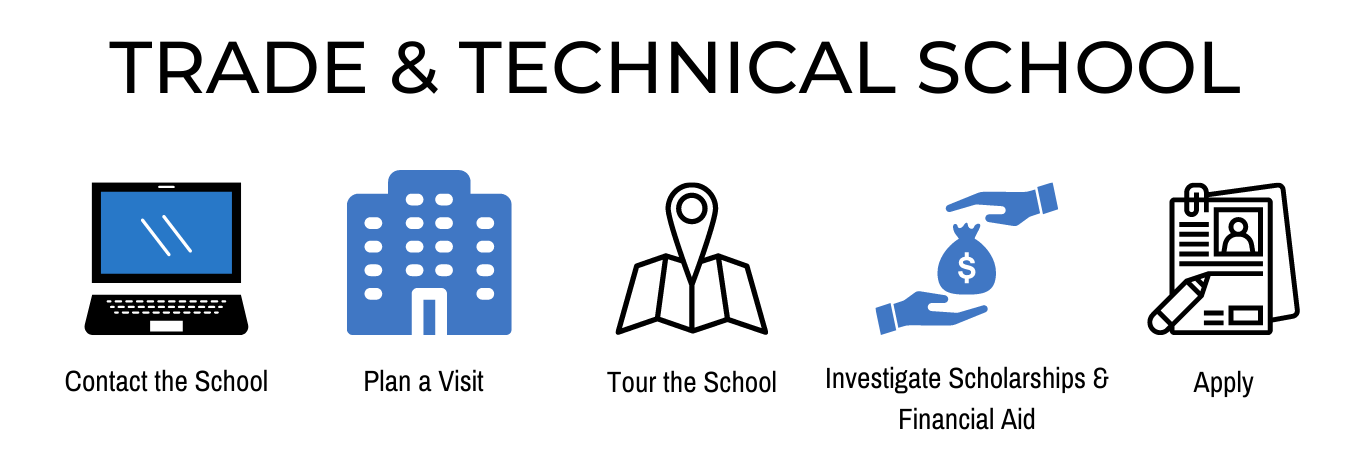

Trade & Technical Schools
Trade schools, also known as technical schools, are postsecondary educational institutions designed to train students for a specific job in a skilled trade. Students typically pay tuition to attend this hands-on instruction and take trade-related courses. Trade schools do not typically award college credit or a degree but rather certifications for completed training. Trade and technical schools provide highly focused training programs specifically designed to prepare students for a job in a skilled or mechanical trade. Explore the benefits of a trade school by watching this video.
Trade and technical schools:- Provide classroom-based instruction with hands-on learning within industry-specific labs.
- Tuition typically is half as much as a four-year degree or less.
- Completion time is usually two years depending on the trade and program start dates.
Resources:
Virginia's Community Colleges
- Fast Forward: In-person and online training programs to kick-start your career-Virginia's Community Colleges
Maryland Center for Construction Education & Innovation
Preparing Students with Disabilities for Trade School-Affordable Colleges
FastForward to a Brighter Future:
Meagan's Story
Career Training in Virginia
FastForward at your Local Community College
Hylton High School hosts apprenticeship fair for students
to represent their apprenticeship and internship programs with the goal of exposing a variety of opportunities available to students after high school.
What Is An Apprenticeship?
Apprenticeship vs. College
